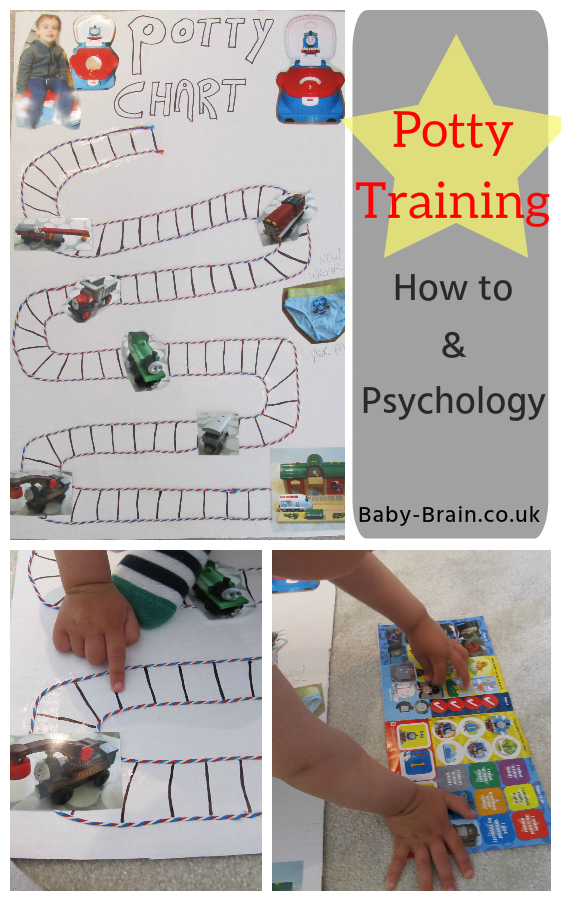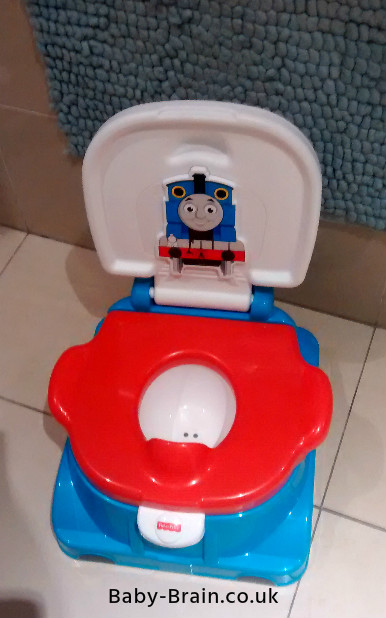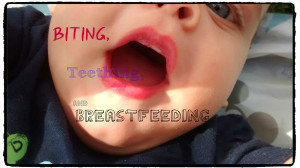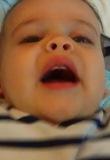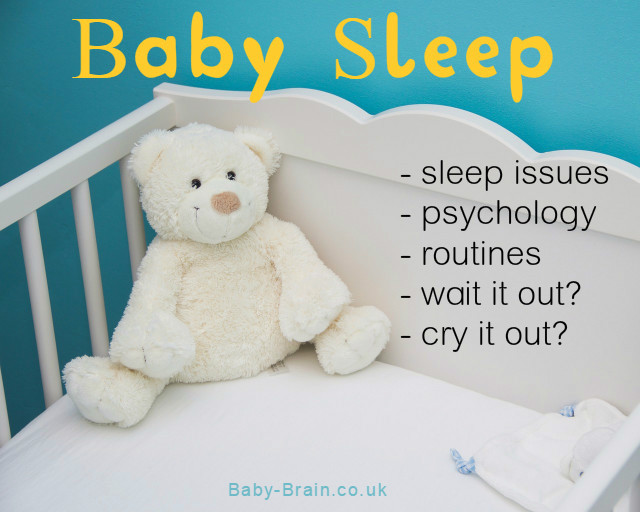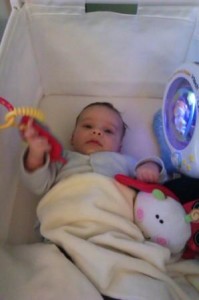…
So we started potty training some time ago, but then lost momentum
The toddler (2.5 years as I write this) is pretty good at going to the potty now at home and if he is not wearing a nappy or trousers. But, if he has nappy and clothes on then he will just continue to use the nappy, not say when he needs the potty, and not use the potty. So I needed to get back on track with the training:
Potty training – Stage 2
The toddler is acquainted with the potty now so that’s some of the hard work done. I decided to make a chart where he can see his gains and successes and include rewards and positive reinforcement.
The psychology behind it
-
Graded exposure – to the potty (practice) – Child gets used to using the potty and increased skill and confidence with experience working their way up to a final goal (e.g. using potty or big toilet and no longer wearing nappy)
-
Behavioural psychology – rewards and reinforcement
What does this mean? Graded exposure relates to gradually in a step by step manner getting used to something starting with one small step and building on this with bigger steps. You might make an exposure hierarchy which is a ladder of experiences starting with a step that causes only a small amount of change/disruption that would be more manageable, and an experience at the top that would be very difficult to achieve in the first instance (but more manageable after you’ve achieved all the steps leading up to it). Once a step has been mastered any concern or upset about the following step tends to reduce because we learn that it “was ok”, “not as bad as we thought”, we have the experience from the previous step, and so on.
-
Example of steps with increasing difficulty: sitting on potty with clothes on as a first step. Doing a wee on the potty. Doing a number 2 on potty. Not wearing a nappy and using the potty. Using the potty at night time, using the “big toilet”… etc etc
Rewards and Reinforcement:
Reinforcement is where behaviour increases. Positive reinforcement is where a behaviour increases because it’s followed by a positive/motivating consequence such as praise or a toy. Negative reinforcement is where behaviour increases because a negative consequence is removed, maybe using the potty prevents wet and soiled clothes, change of nappy, change of clothes (if they don’t like this).
The Potty Chart

How we made the chart
The potty chart I made is a very lose hierarchy I suppose because I included a point where we ditch the nappy and wear pants (there’s a little photo of a pair of pants at this stage), in the hope that the toddler will be able to go straight to the potty when needed.
The general look is supposed to be a train track which goes down to a station at the end (see the photo of the station at the bottom of the chart which attaches to the toddler’s train track and he can actually play with it). There are trains (rewards) to collect along the way. I spaced these out so that the target behaviour (using the potty) is continually reinforced and rewarded, see more below:
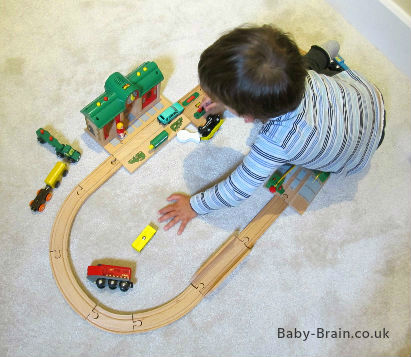
The “big reward”
-
I spaced the rewards out to keep the toddler motivated – there are several and they start soon on in the process.
-
There is a “big reward” at the end – a train station, which he really wants
-
We talk about the rewards which are trains from Thomas the Tank Engine in the hope that this maintains his attention and reminds him of the aims and potty frequently
-
I ask him frequently if he needs to use the potty and of the reward process – Use potty – Get sticker – get train after so many stickers
-
I keep the potty chart close to the potty so he can see his progress and to act as a reminder
-
The theme of trains and train track is meaningful to him and something he values. It taps into his personal interests.
How we’re using the Potty Chart
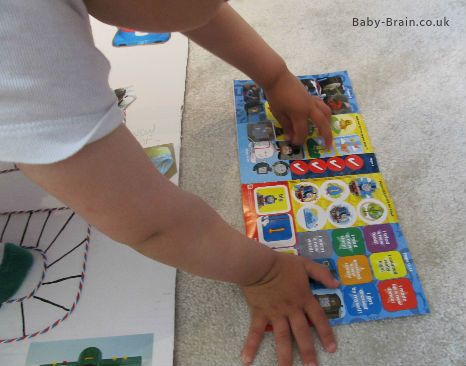
Choosing stickers for the reward chart
-
Use potty and get a sticker
-
Toddler picks a sticker and puts it on the chart himself (control, autonomy, increasing interest, ownership etc)
-
Stickers go down the train track towards a reward (toy).
-
Get enough stickers and he gets a toy.
-
Keep going down the track to the BIG reward at the end – a train station
Outcomes – what happened…
I wrote the above a few months ago now. We successfully navigated around and down the train track to the station at the end! The focused reward chart was a success. I also liked the idea of keeping the chart up in the living room where the toddler could see it, track his progress and act as a reminder of his success alongside the repetitive and reinforcing potty behaviour. He was very pleased with his station.
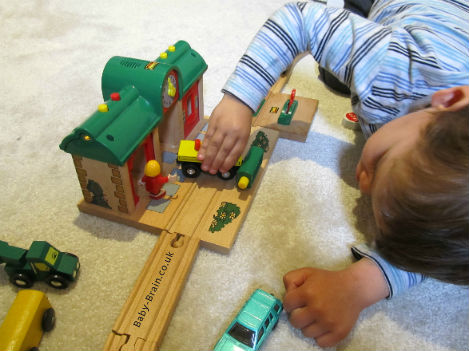
Finally got his big reward! (station)
Wasn’t all plain sailing…
The area of the chart where it says “now wear your pants” didn’t happen – we started with the pants a bit later down the track. Why? Well we used them and we wet them a few times. I wondered if it was a bit too early and if they felt like wearing a nappy. Pants were a new concept for the toddler. So I waited a bit longer until the potty visiting behaviour was more familiar and routine and then we added the pants.
We had a few accidents, but I think this is normal.
But, finally, we are now “potty trained” inside the house for wee! (apart from at night time and long naps where we use a nappy still)
Next step – potty use OUTSIDE the house!…
(note how I’m breaking this all down into steps – this is also for my benefit! – but if you prefer to do it quicker or all in one go, then that’s a personal choice).

